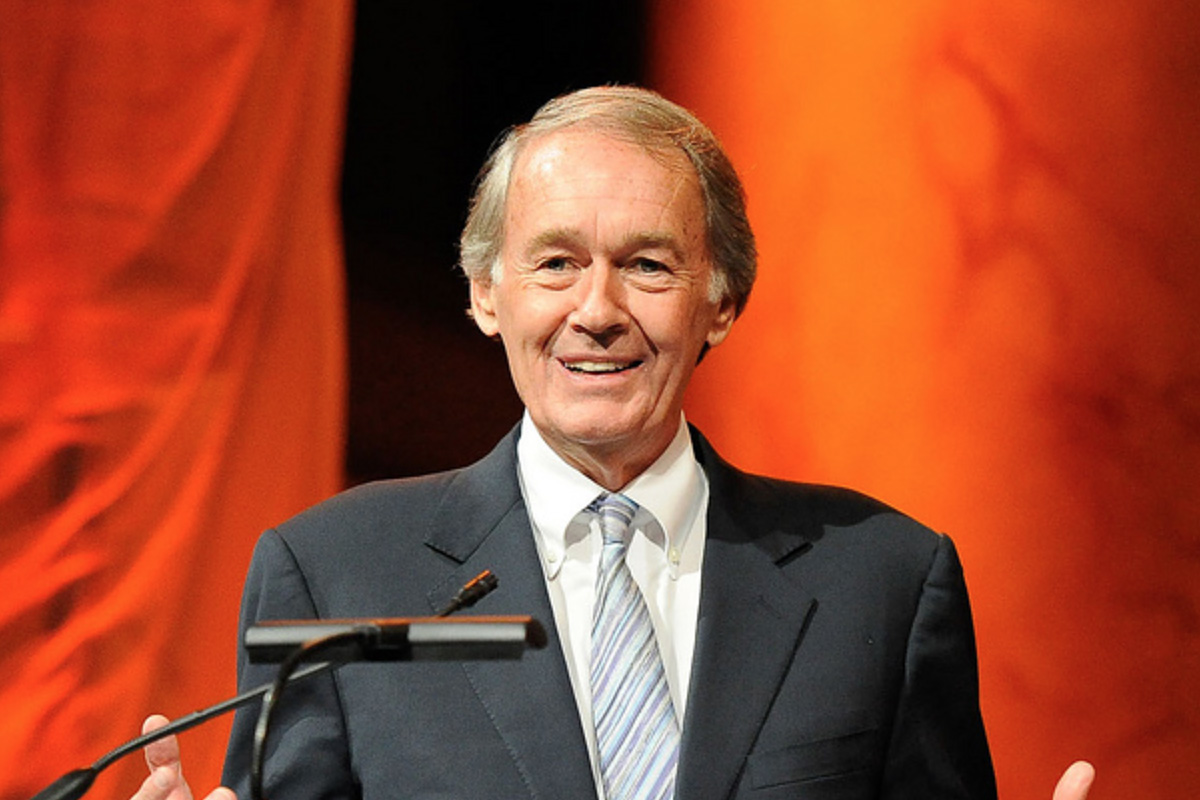
Markey campaignHe’ll soon be the newest member of the U.S. Senate.
Rep. Ed Markey, who pushed climate action and clean energy during 37 years in the U.S. House, is now on his way to the U.S. Senate. As expected, he handily beat Republican businessman Gabriel Gomez in the Massachusetts special election to replace now-Secretary of State John Kerry. With more than 90 percent of the vote counted on Tuesday night, Markey was up 54 to 46 percent.
Backers of Gomez had been hoping for a repeat of Scott Brown’s 2010 special-election upset, but conditions were different then — the Tea Party was on the rise, Obamacare hung in the balance, and the left-wing establishment took it for granted that Ted Kennedy’s Senate seat would stay blue.
This time, even with Markey consistently polling as much as 10 points ahead of Gomez over the course of the two-month campaign, Democrats didn’t assume an easy win. President Obama, Vice President Biden, Michelle Obama, and Bill Clinton all campaigned with Markey in recent weeks, and Markey’s campaign released a flood of ads close to the election, spending $2.6 million total on advertising compared to Gomez’s $1.4 million.
Markey, a committed climate hawk and foe of the Keystone XL pipeline, started with a financial advantage that he maintained throughout the campaign, thanks especially to money from clean-energy interests and environmental groups, reports Politico:
The vast majority of the energy money supporting Markey has come from independent expenditures by environmental groups, which account for more than $2.6 million.
Most of that comes from various branches of the League of Conservation Voters, which have spent more than $1.6 million supporting Markey or opposing Gomez.
Coming in second is the NextGen Committee, a super PAC backed by billionaire Tom Steyer. That group, which spent most of its money on Markey’s primary contest against Stephen Lynch, has spent more than $853,000 so far.
The remainder of the outside spending came from campaigns by the Sierra Club Political Committee, the 350.org Action Fund and Environmental Majority.
Markey received direct contributions from clean energy, environmental, and utility PACs, like the Environmental Defense Action Fund and the American Wind Energy Association PAC, as well as clean-energy companies like SolarCity and NextEra. Markey also got some cash through GiveGreen, a campaign run by the League of Conservation Voters Action Fund, which helps folks donate to lawmakers considered to be environmentally friendly.
Gomez received some contributions from fossil-fuel companies, including ExxonMobil, but Markey led his opponent in energy-money contributions by a factor of 76 to 1. Many of the energy-industry PACs known for supporting Republican candidates neglected Gomez’s campaign, perhaps seeing it as a losing battle.
After all, Gomez was a Republican running in deep-blue Massachusetts, which is perhaps why he made the rare claim of being a “green Republican.” He even declared his acceptance of human-caused climate change. But his green cred stops there, according to Climate Progress:
[I]n almost every instance in which Gomez discusses the environment, it is immediately followed by an equally unwavering endorsement of the Keystone XL pipeline as a job creator, a pathway to lower energy costs, and, alarmingly, environmentally friendly. …
Beyond that, and broad proclamations of support for alternative energy, Gomez has refused to take a position on any substantial climate legislation.
On the same day as Markey’s election, Obama gave his strongest speech yet arguing for climate action, and said carbon emissions would be a key factor in his decision on Keystone XL. It’s a day for climate hawks to celebrate — and then get back to work.



